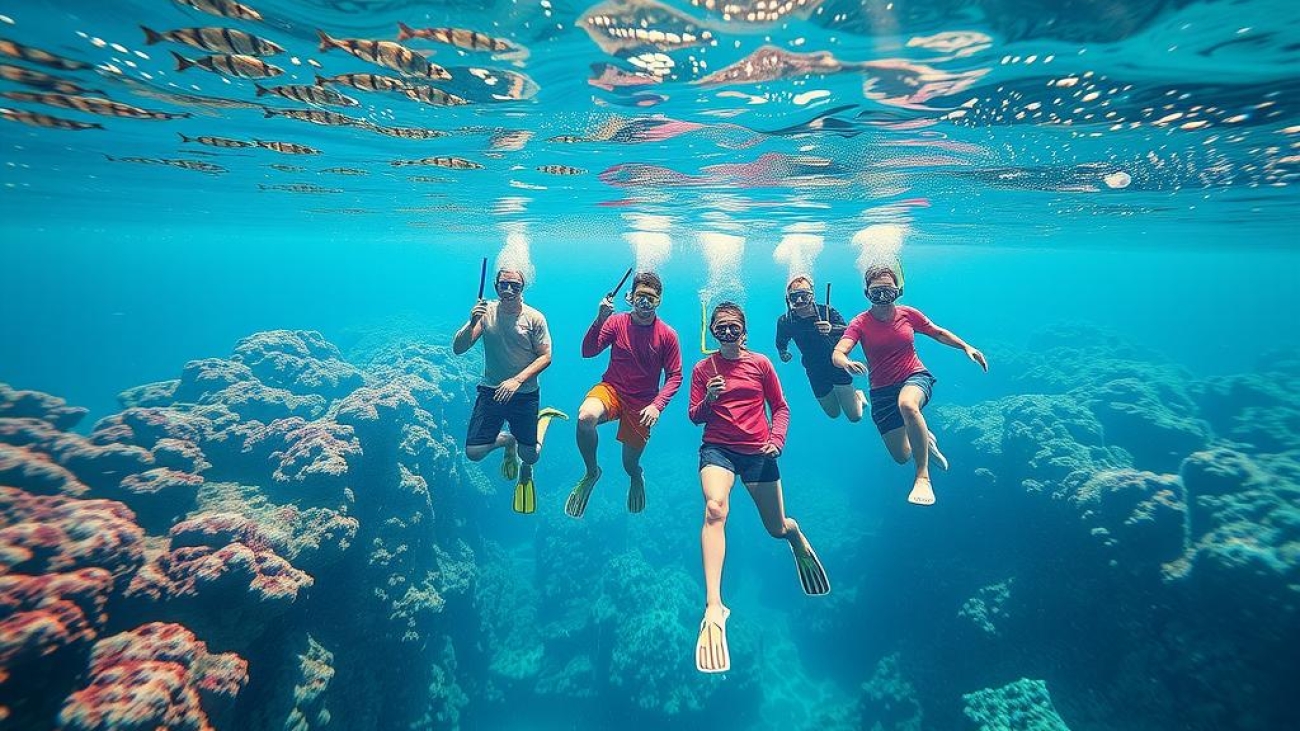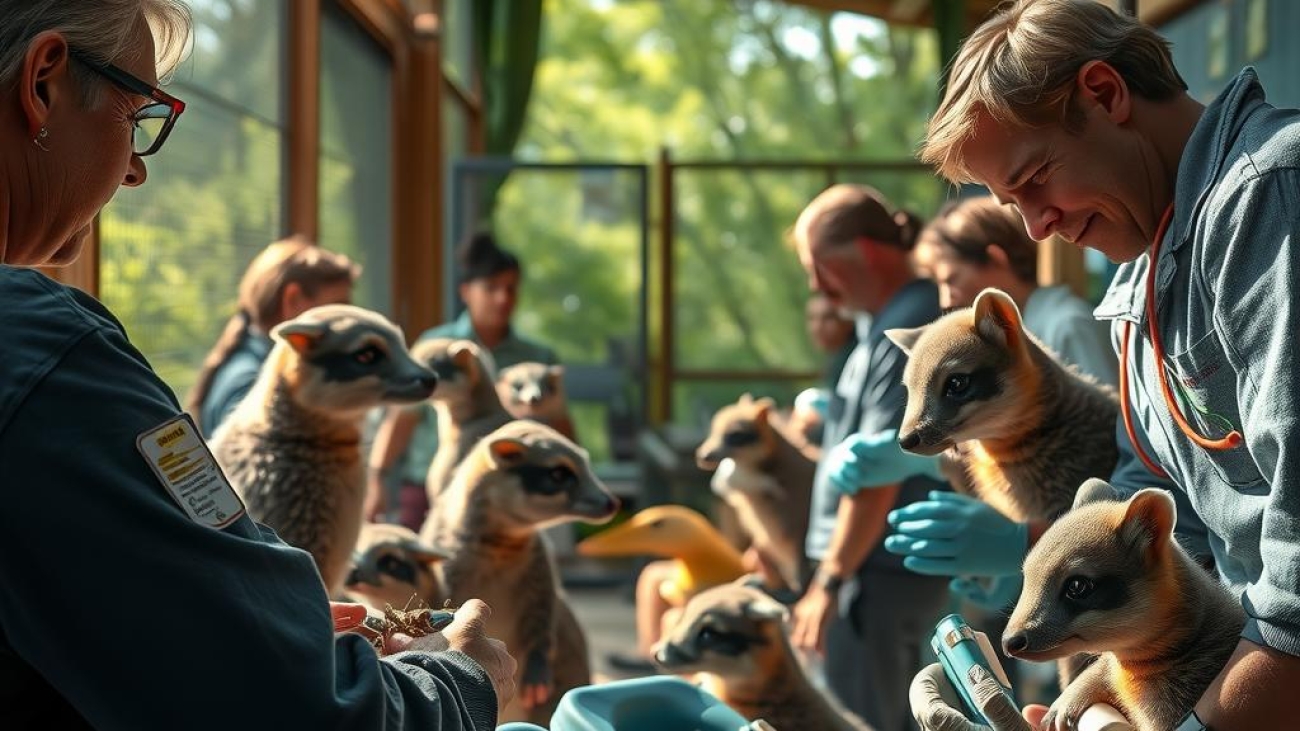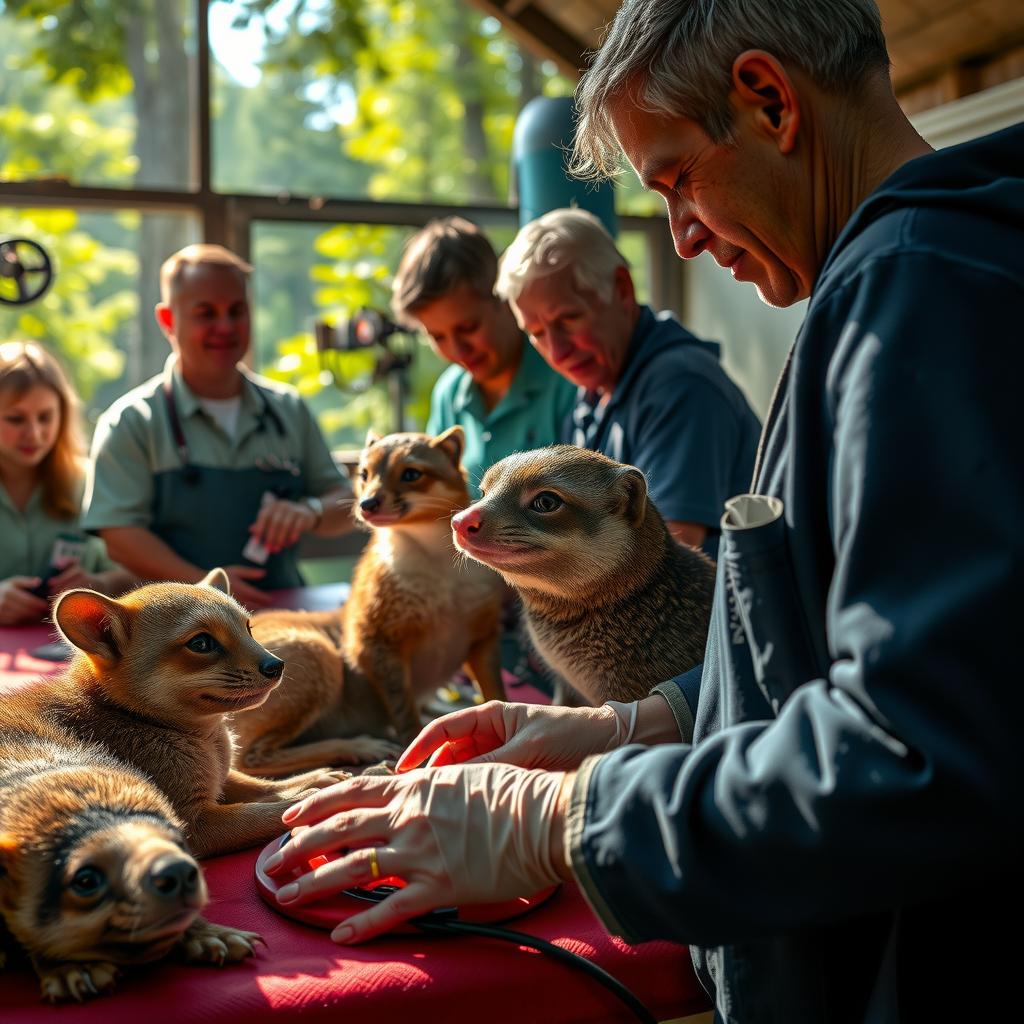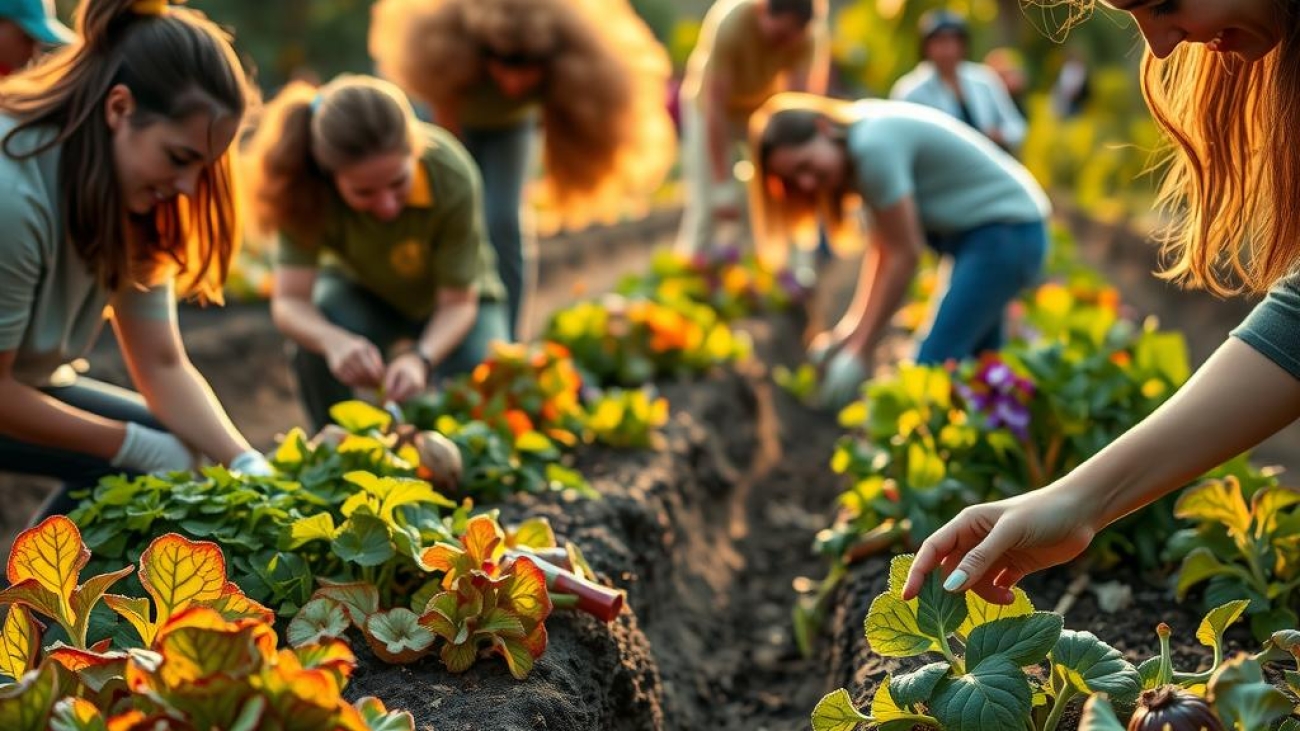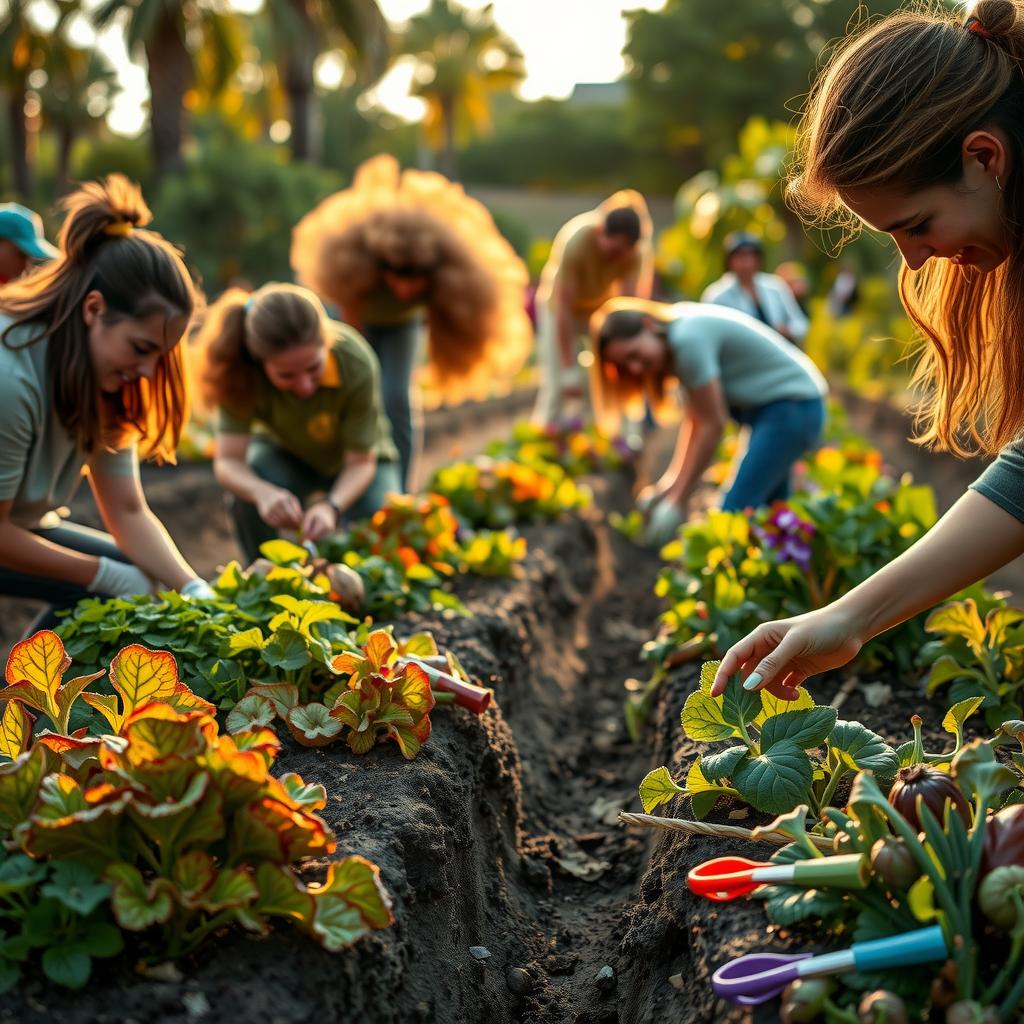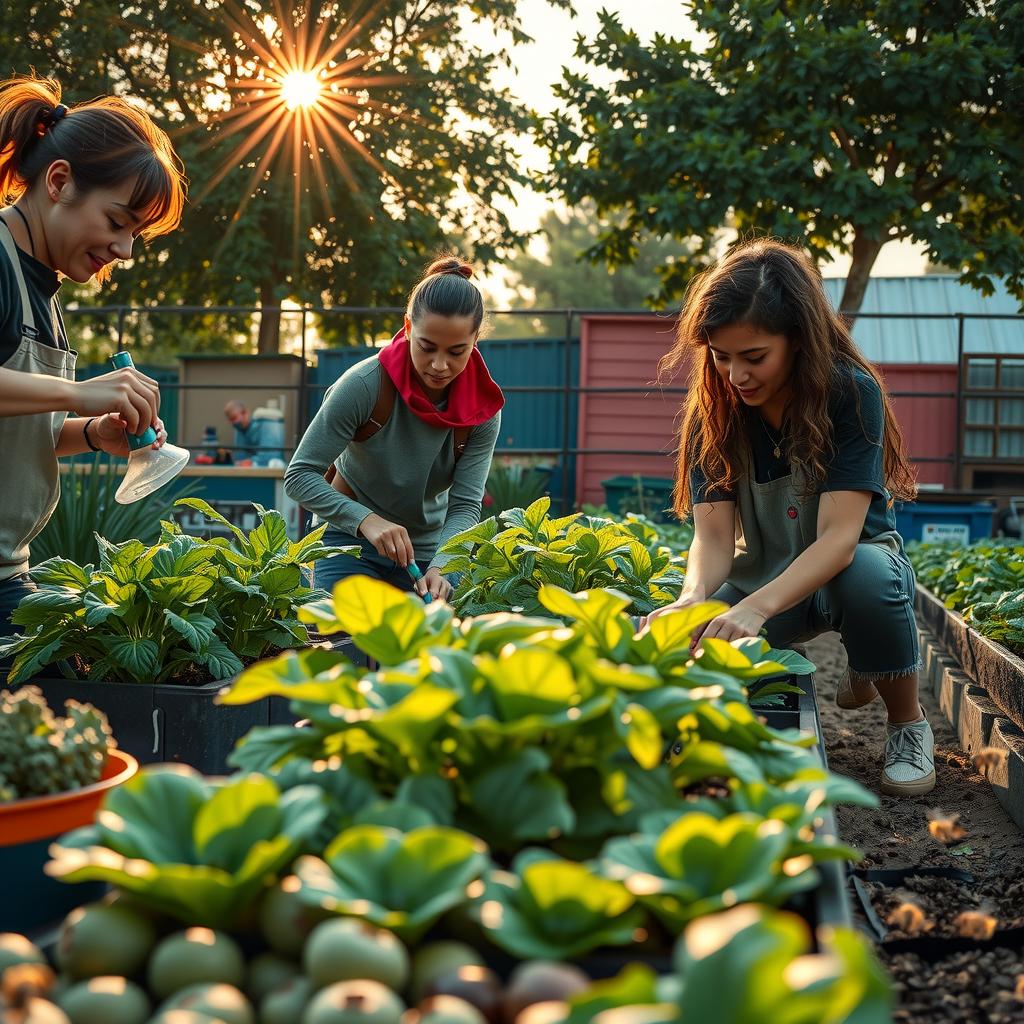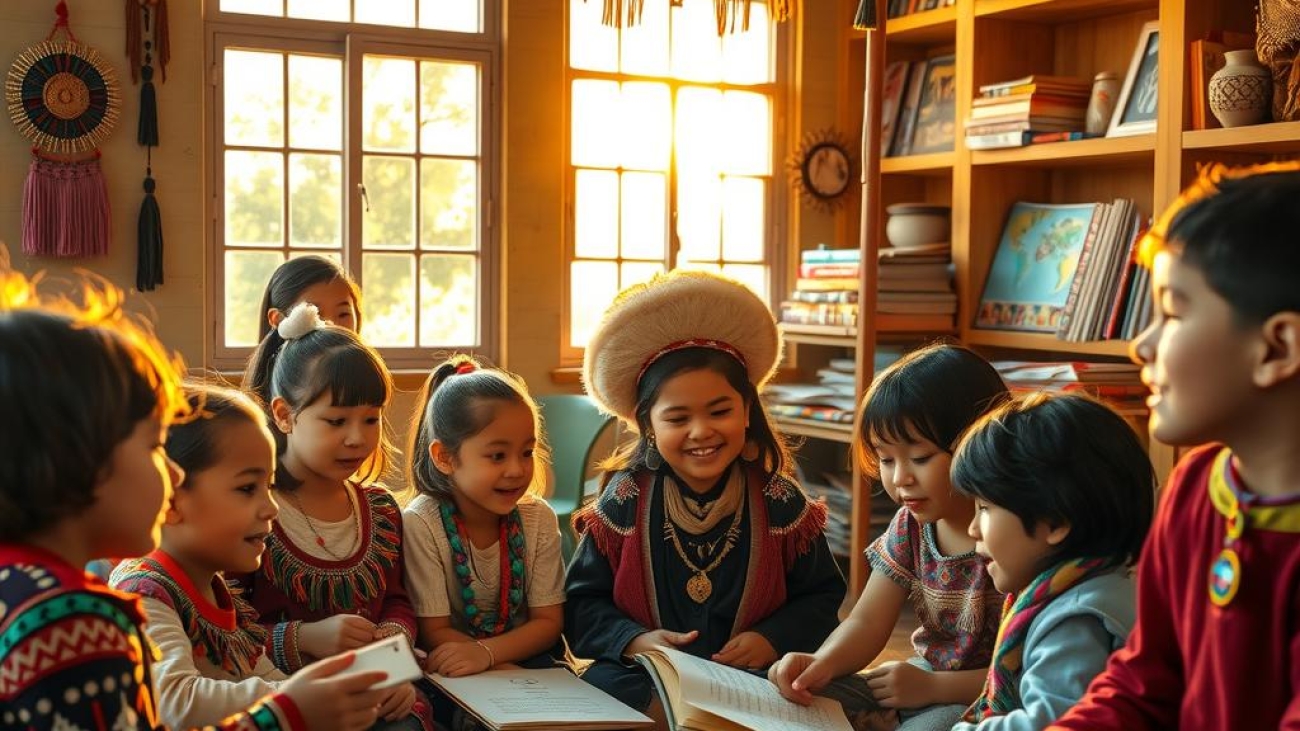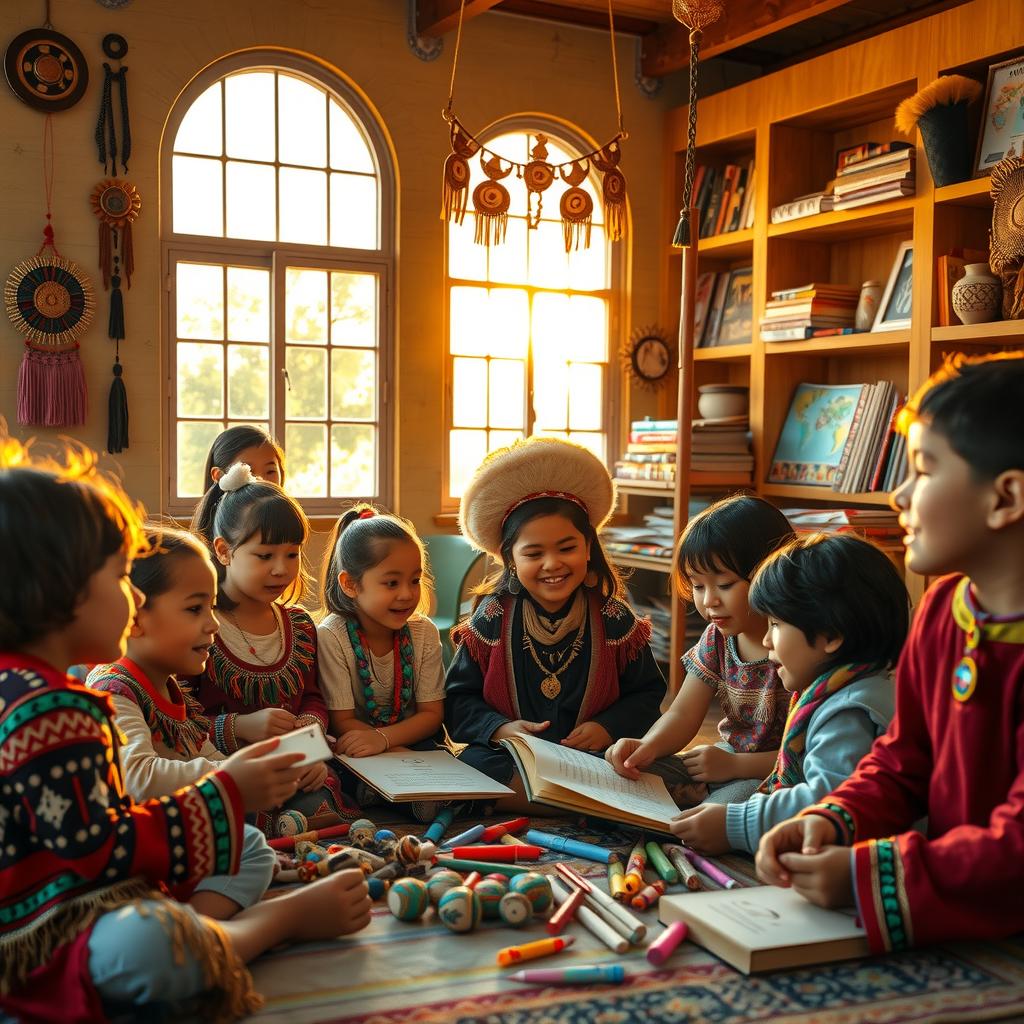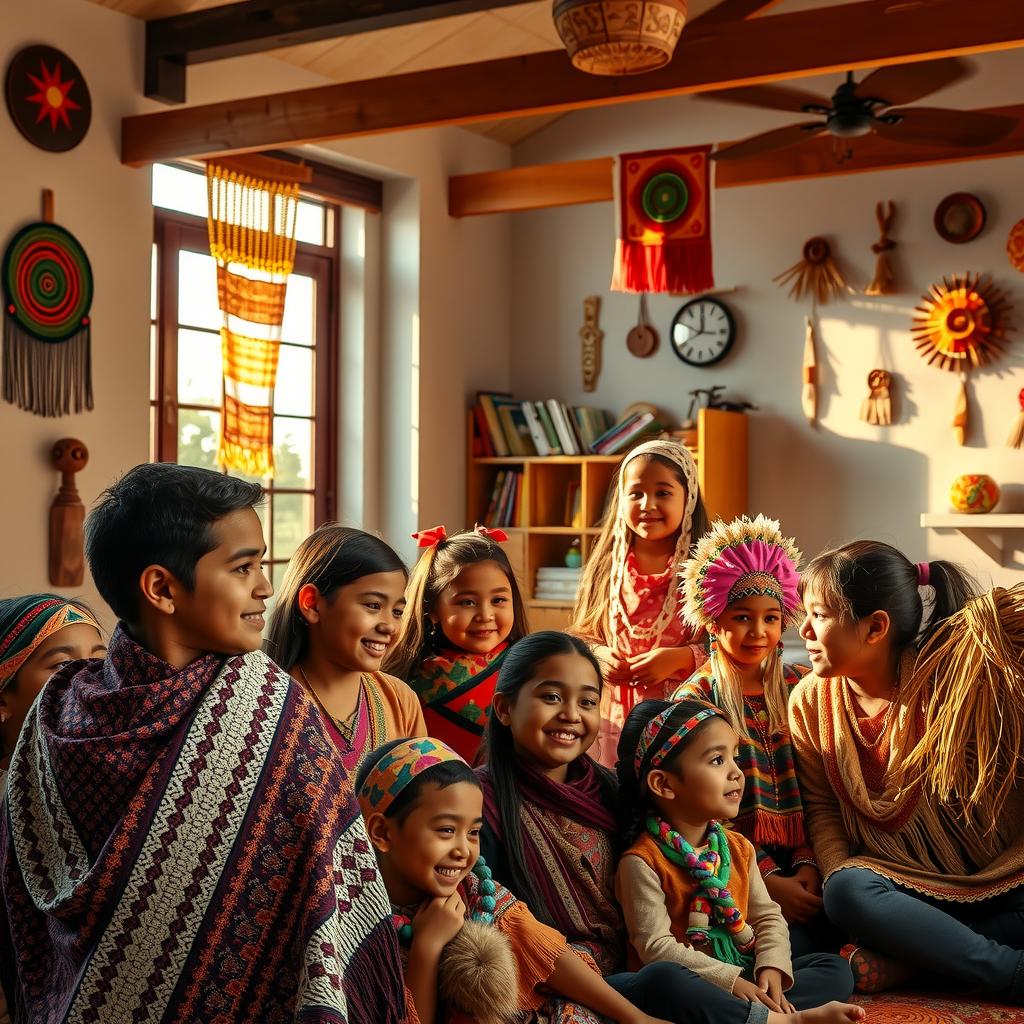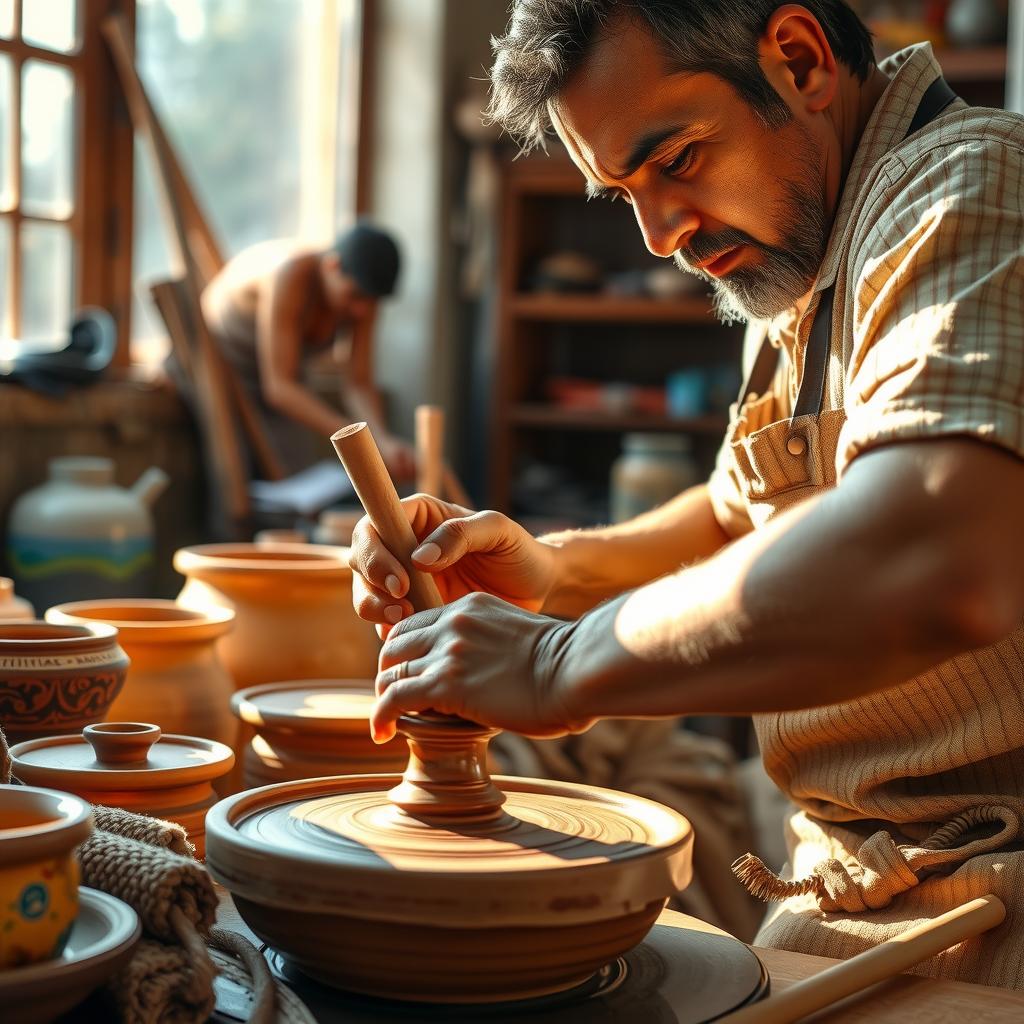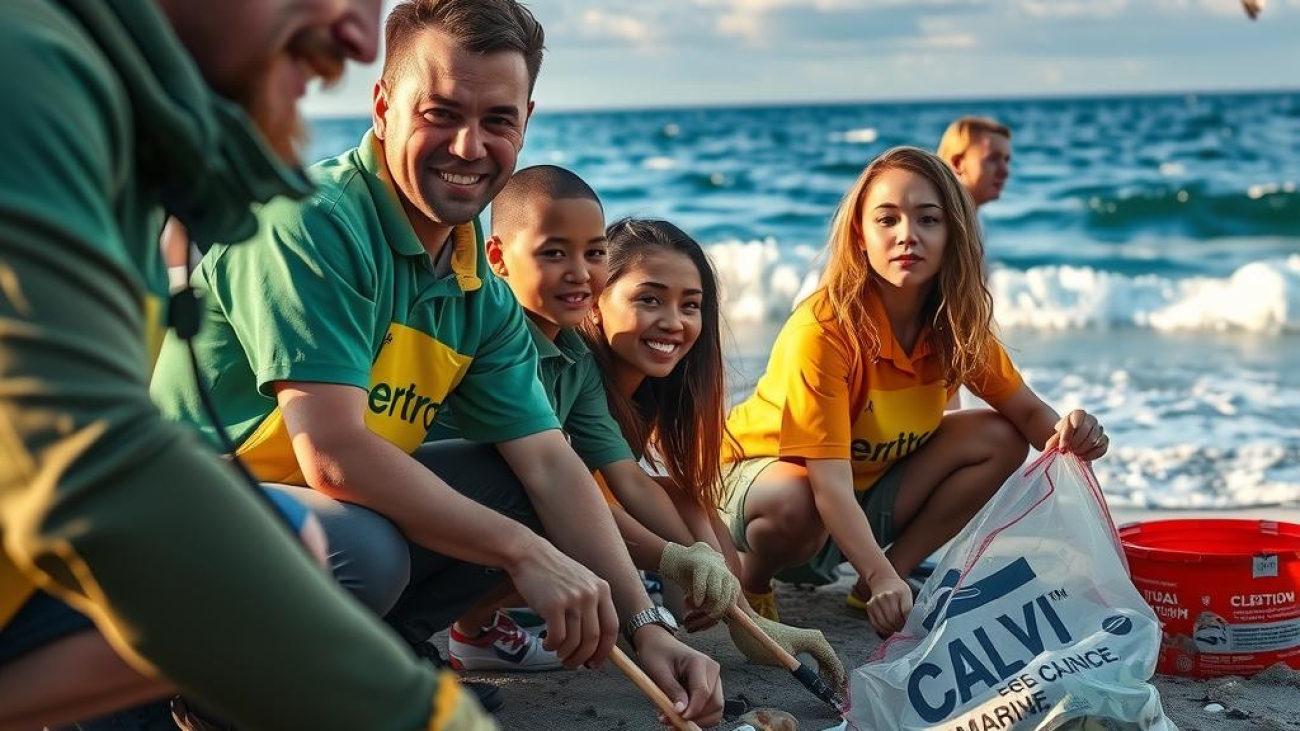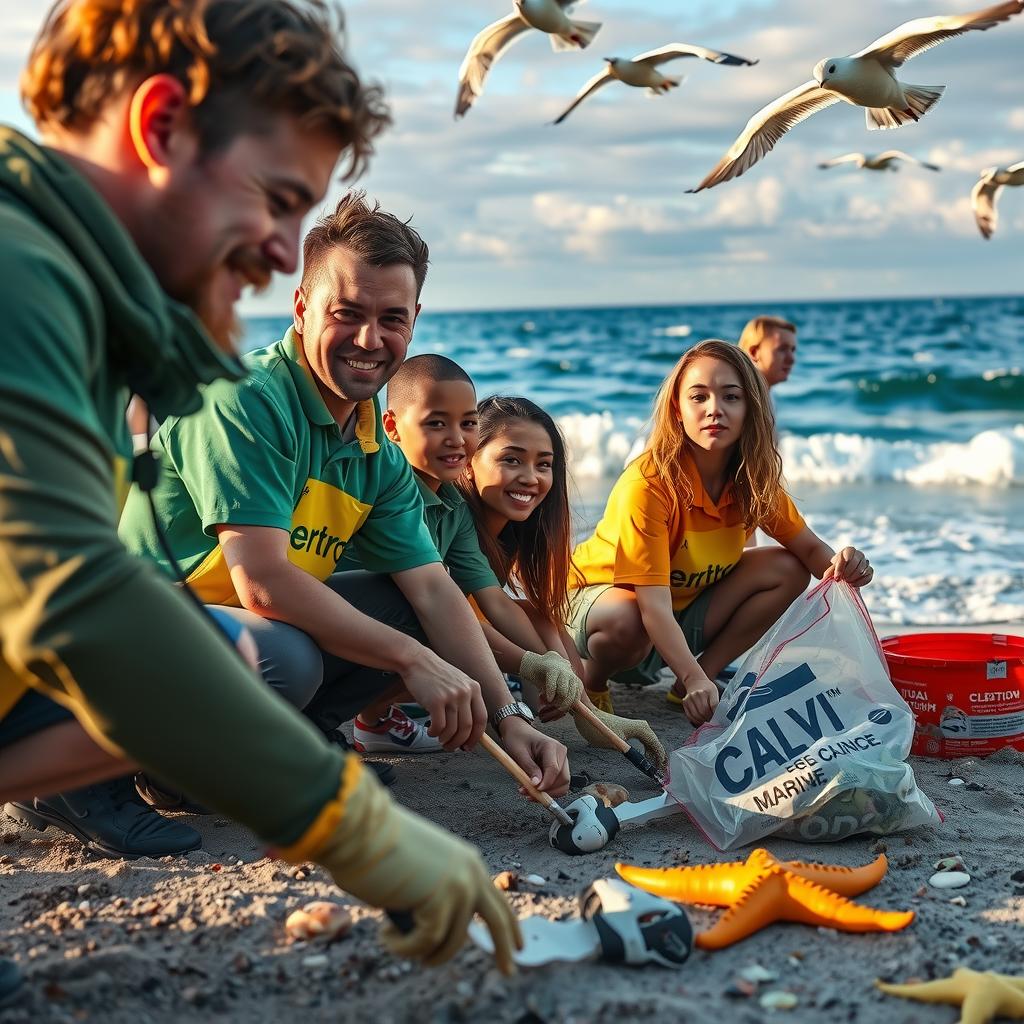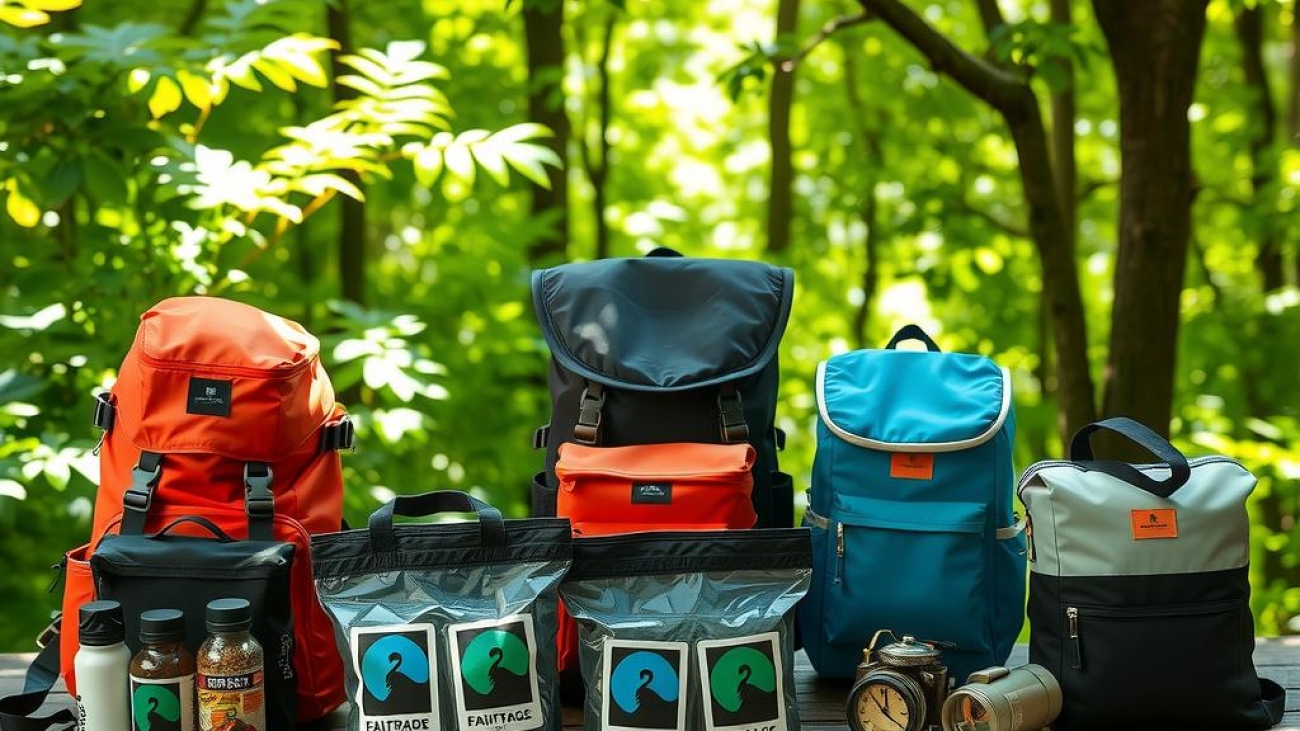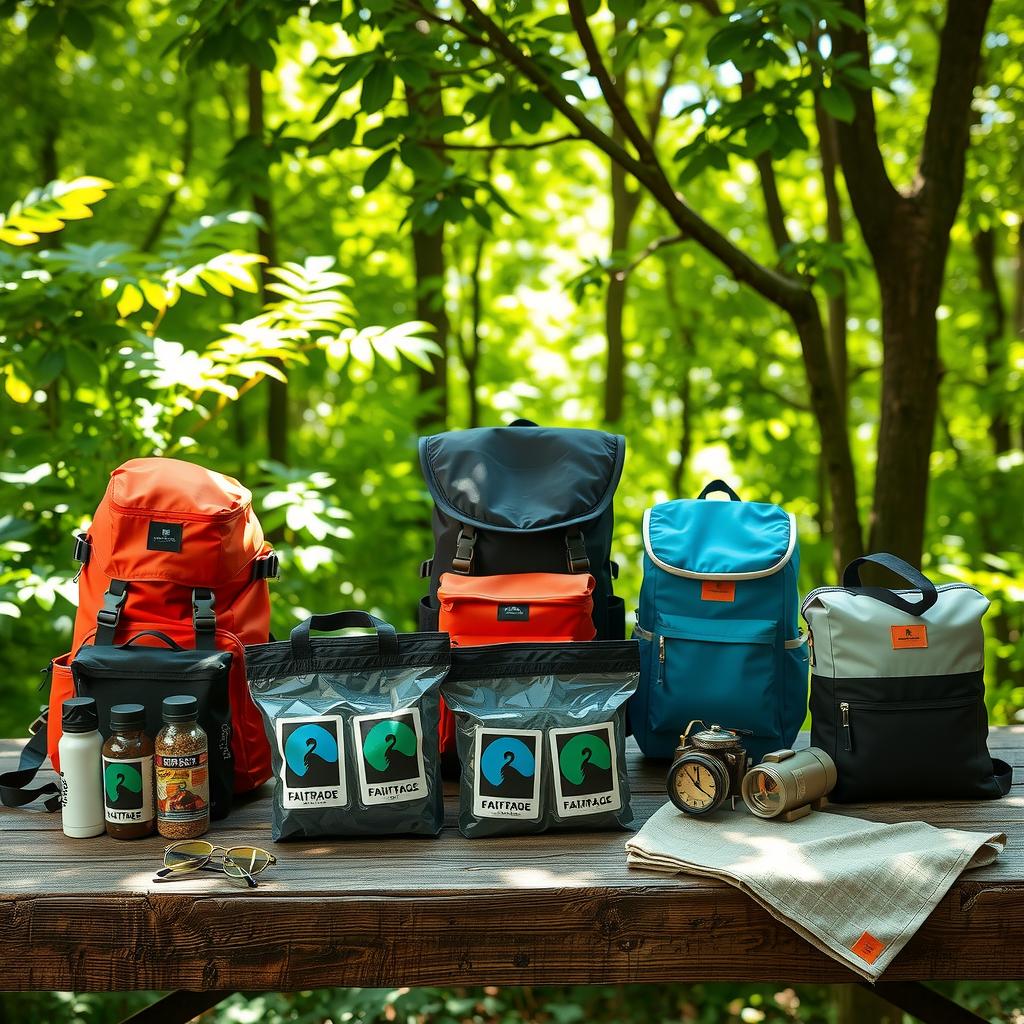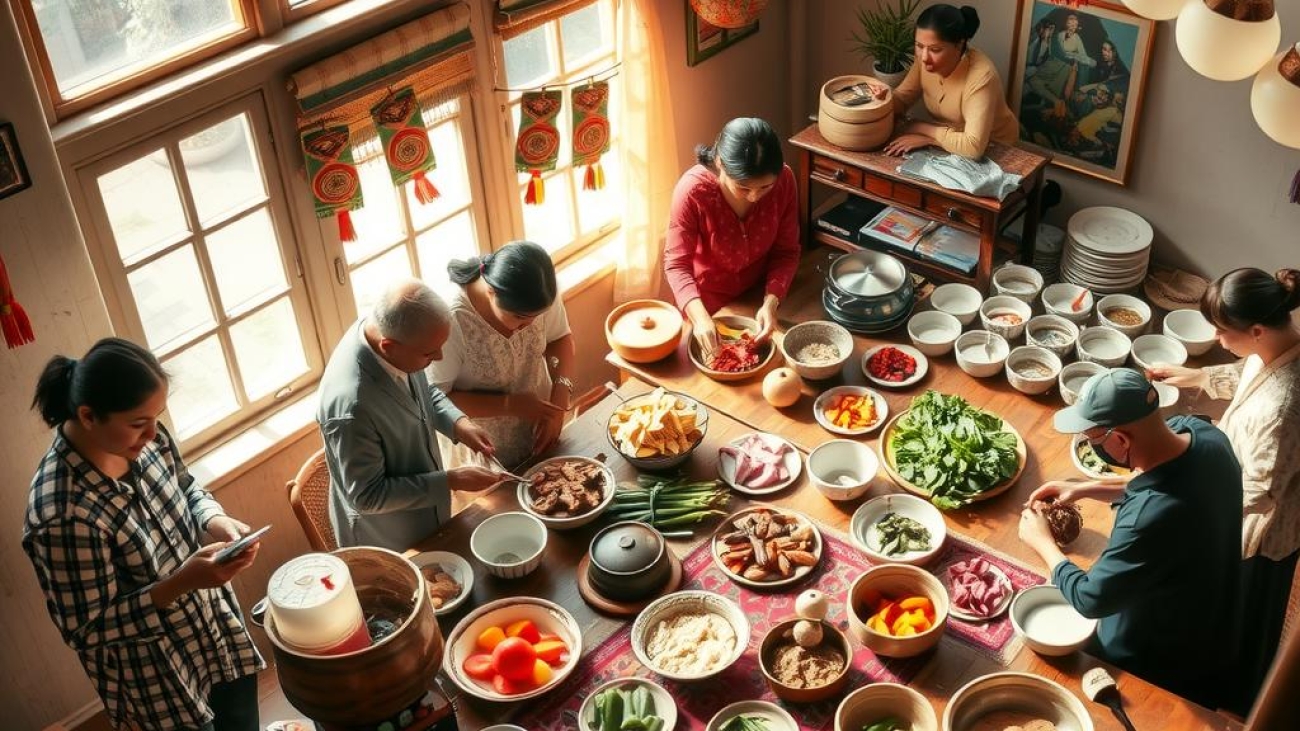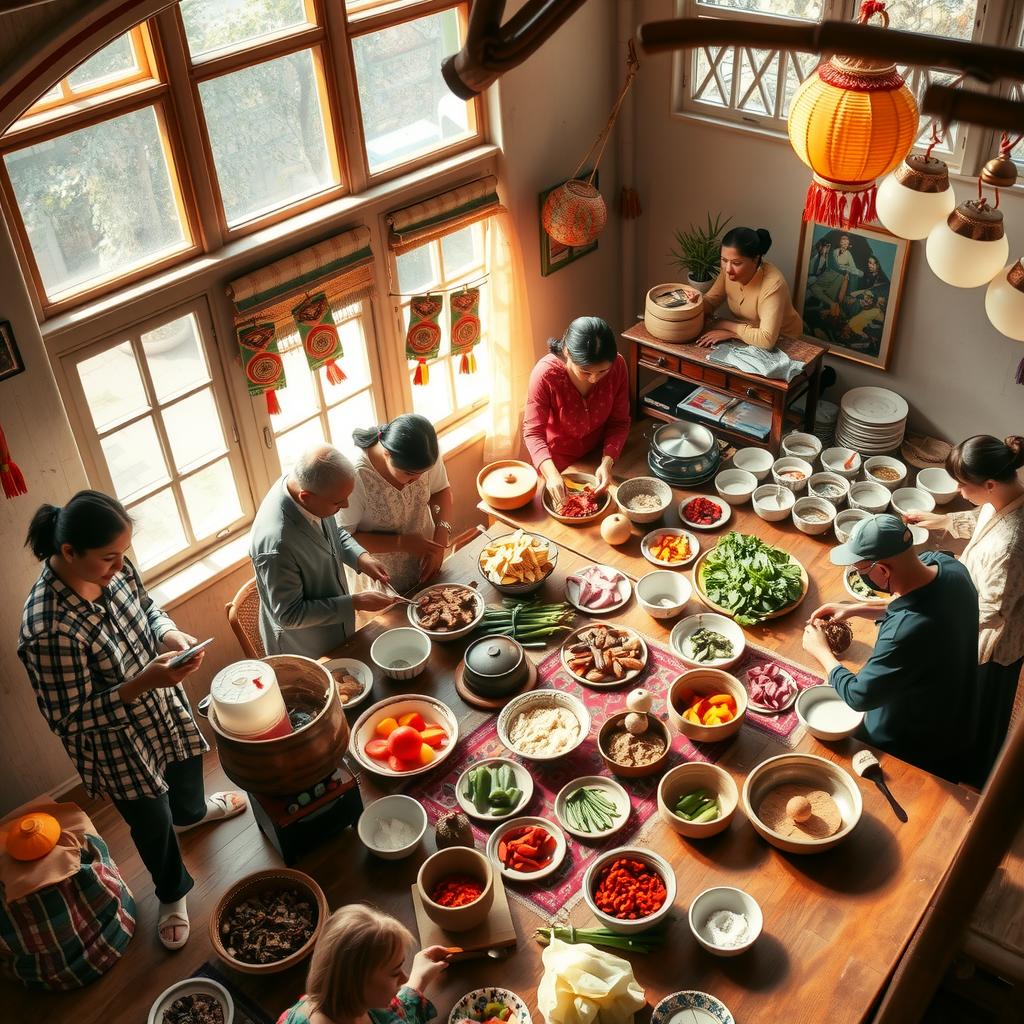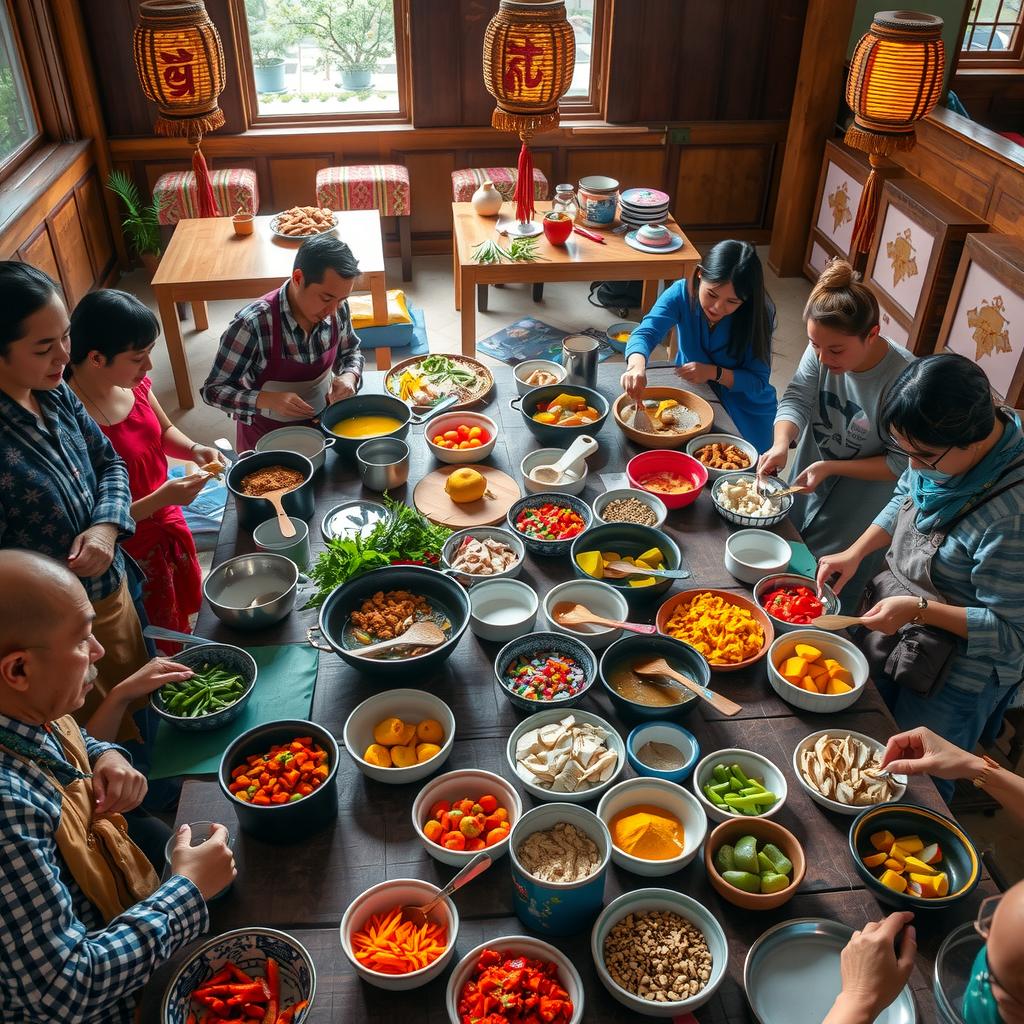In a world increasingly aware of environmental degradation, the beauty of our oceans and marine life is under threat. Overcrowded tourist spots, pollution, and unsustainable practices have led many to question the impact of their leisure activities, particularly when it comes to snorkeling tours. This raises an important concern: how can travelers enjoy breathtaking underwater experiences while ensuring they contribute positively to marine conservation? The answer lies in seeking out eco-friendly snorkeling tour operators that prioritize sustainable tourism and responsible travel practices.
The core value of eco-friendly snorkeling tours is not just about stunning sights; it’s about fostering a deeper connection with nature while protecting it for future generations. These dedicated eco-friendly snorkeling tour operators are committed to minimizing their ecological footprint by employing environmentally conscious methods that educate participants on preserving delicate ecosystems. By choosing these operators, snorkelers can explore vibrant coral reefs and diverse marine life without causing harm or contributing to the very problems that threaten these natural wonders.
As interest in eco-tourism continues to grow, more travelers are recognizing the importance of making informed choices about their adventures. Opting for eco-friendly snorkeling tour operators not only enhances the quality of one’s experience but also supports local communities engaged in sustainable practices. These organizations often collaborate with conservationists and provide educational resources designed to raise awareness about marine preservation efforts—transforming each trip into an opportunity for learning and growth.
By selecting reputable eco-friendly snorkeling tour operators, adventurers embark on journeys where enjoyment intertwines with responsibility. This article delves into some outstanding options available across various destinations known for their rich biodiversity. It showcases how adventurers can take part in unforgettable underwater explorations while playing a vital role in safeguarding our planet’s precious resources through mindful travel choices. So dive into this post as we uncover the best ways to enjoy your next aquatic adventure sustainably!
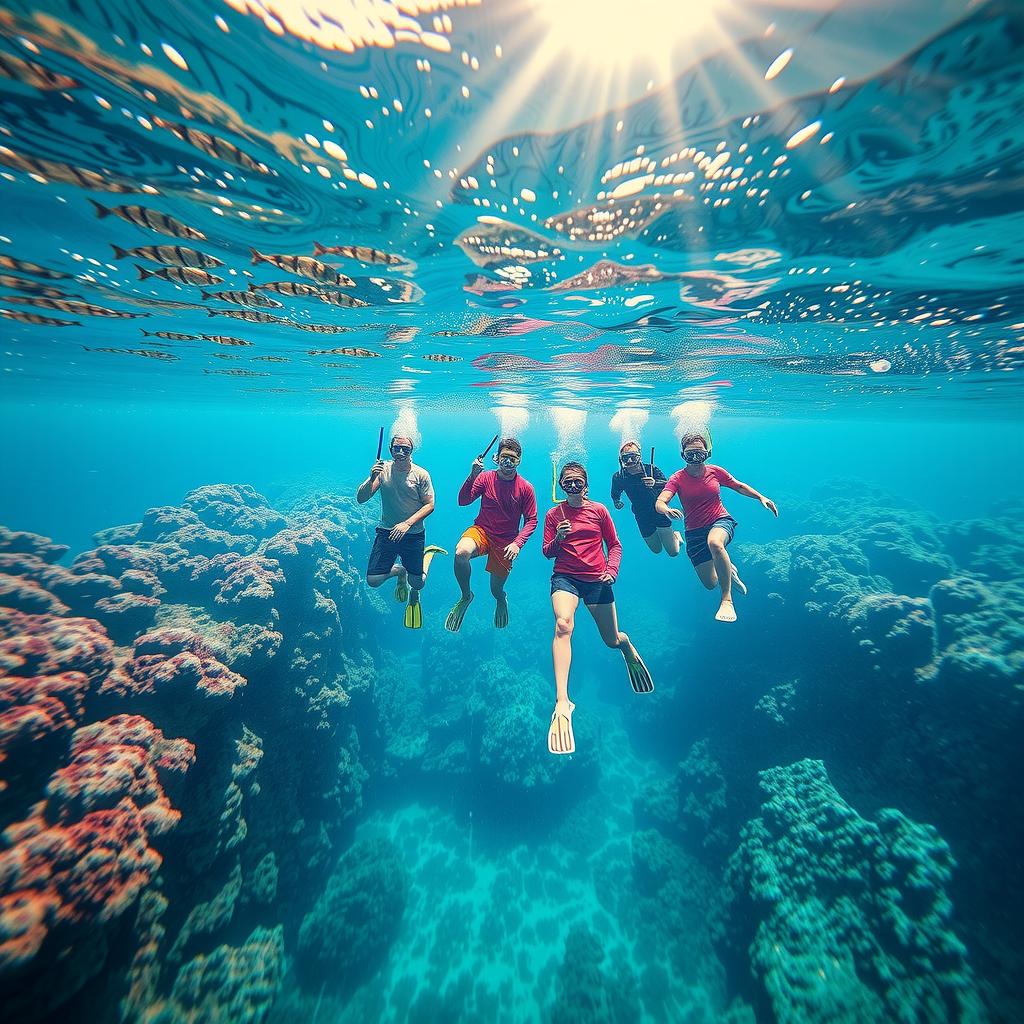
Key Points: Highlights of Eco-Friendly Snorkeling Tours
As travelers become increasingly conscious of their environmental impact, the importance of eco-friendly snorkeling tour operators has surged. These organizations provide not only thrilling underwater experiences but also ensure that their activities contribute positively to marine conservation and sustainable tourism. By selecting these specialized operators, adventurers can explore vibrant coral reefs while minimizing their ecological footprint.
Eco-friendly snorkeling tour operators excel at implementing best practices in eco-tourism. They utilize sustainable equipment and methods that reduce harm to delicate ecosystems during excursions. This commitment allows snorkelers to engage with marine life responsibly, ensuring that the beauty of our oceans is preserved for future generations. Through awareness-raising initiatives and responsible travel practices, these operators play a crucial role in promoting sustainability within the tourism industry.
Furthermore, participating in tours organized by eco-friendly snorkeling tour operators enriches travelers’ understanding of ocean preservation. The educational aspect provided by knowledgeable guides enables visitors to learn about local ecosystems while fostering a sense of stewardship towards marine habitats. As individuals witness firsthand the challenges faced by our oceans, they walk away equipped with valuable insights on how to protect these vital resources.
In summary, choosing eco-friendly snorkeling tours is more than just an enjoyable leisure activity; it represents a conscious decision supporting ethical tourism practices and championing environmental responsibility among communities reliant on natural resources. By engaging with dedicated tour operators who prioritize both adventure and sustainability, travelers can enjoy breathtaking underwater experiences while contributing positively to the planet’s health.
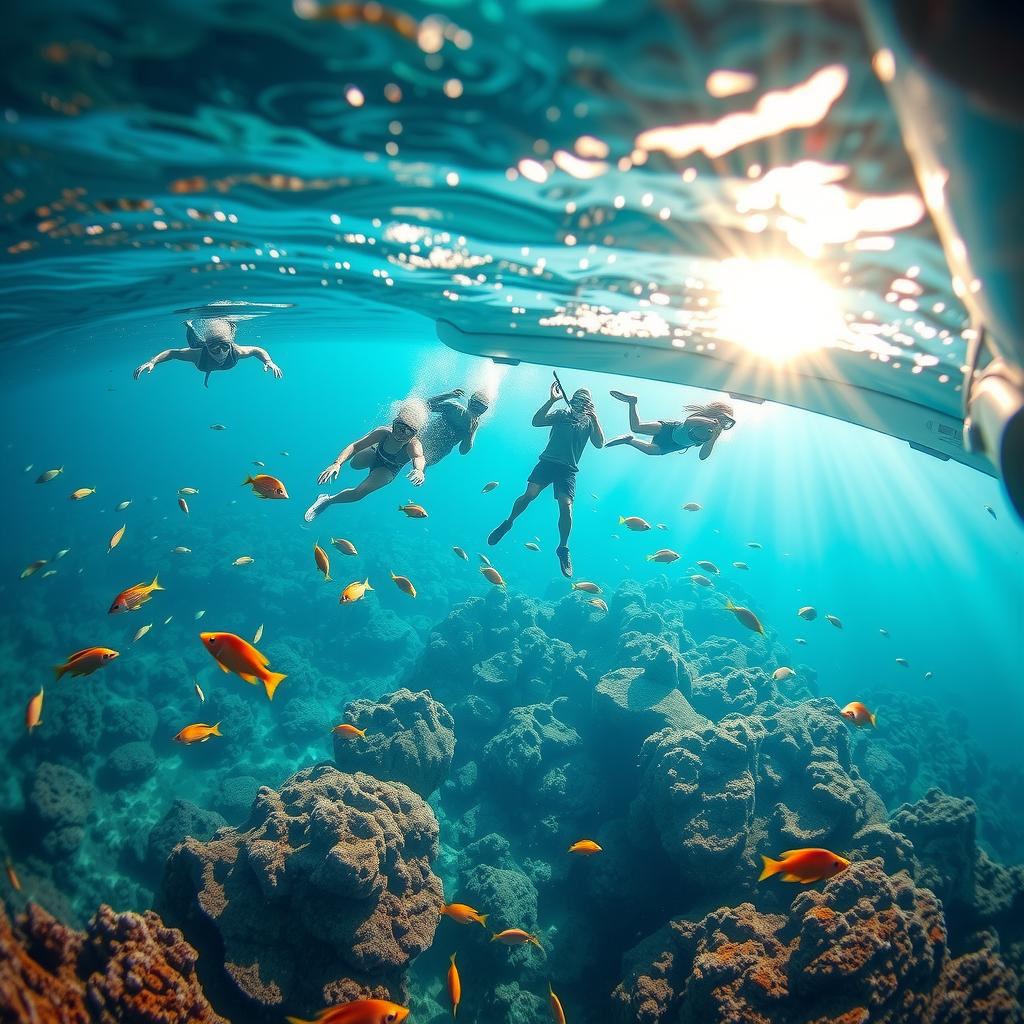
Understanding Eco-Friendly Snorkeling
Embracing Sustainable Adventures for Marine Conservation
Eco-friendly snorkeling is not just a recreational activity; it represents a commitment to sustainable tourism that actively promotes marine conservation. By choosing to engage with eco-friendly snorkeling tour operators, adventurers can immerse themselves in the beauty of underwater ecosystems while minimizing their ecological footprint. These operators prioritize environmentally responsible practices, such as using biodegradable materials for equipment and ensuring that their tours do not disturb marine life. This mindful approach allows snorkelers to appreciate vibrant coral reefs and diverse aquatic species without contributing to habitat degradation or pollution.
When individuals opt for eco-tourism experiences, they make conscious decisions that support the preservation of fragile marine environments. For instance, many eco-friendly snorkeling tour operators incorporate educational components into their excursions, guiding participants on how human actions impact ocean health and what steps can be taken to protect these vital resources. This knowledge empowers travelers to become advocates for marine conservation long after their adventure has ended. Furthermore, responsible travel practices encouraged by these operators often involve limiting group sizes during tours, which minimizes disturbances in sensitive areas and enhances the overall experience.
In addition to fostering awareness about environmental stewardship, eco-friendly snorkeling also contributes economically to local communities dependent on healthy oceans. Many tour providers reinvest a portion of their profits into conservation initiatives or collaborate with organizations focused on restoring damaged reef systems. Such partnerships reinforce the idea that tourism should benefit both visitors and local ecosystems alike—a principle at the heart of sustainable adventures.
Moreover, engaging with nature through eco-friendly snorkeling offers profound personal rewards beyond enjoyment; it fosters a deeper connection with our planet’s natural wonders. As snorkelers glide through crystal-clear waters teeming with life—schools of fish darting around bright corals—they witness firsthand the intricate relationships within an ecosystem now threatened by climate change and human activity. It is this intimate encounter that inspires people not only to cherish but also actively advocate for protection efforts aimed at preserving our oceans.
Ultimately, understanding eco-friendly snorkeling is crucial for anyone seeking meaningful travel experiences intertwined with responsibility towards nature’s treasures. Choosing informed options provided by reputable eco-friendly snorkeling tour operators transforms each dive into an opportunity both for exploration and stewardship—a chance where every ripple creates waves towards global marine conservation efforts.
The Transformative Power of Eco-Friendly Tourism
Embracing Sustainable Travel for a Brighter Future
The rise of responsible tourism, particularly through the lens of eco-friendly snorkeling tour operators, signifies a pivotal shift in how travel impacts local ecosystems and communities. By prioritizing sustainable practices, these operators not only enhance the underwater experience but also contribute significantly to marine conservation efforts. When travelers opt for eco-conscious tours, they support initiatives that protect fragile coral reefs and diverse marine life while fostering awareness about environmental stewardship among visitors. This dynamic interaction between tourists and nature cultivates an appreciation for biodiversity, encouraging individuals to become advocates for preservation long after their vacations conclude.
Local communities also reap substantial benefits from choosing sustainable tourism options like eco-friendly snorkeling tours. These operators often collaborate with local residents to create authentic experiences that highlight cultural heritage while promoting economic stability through fair wages and community reinvestment strategies. For instance, when snorkelers engage with guides who are native to the area, they gain insights into traditional fishing practices or indigenous ecological knowledge—further enriching their journey. Such partnerships ensure that profits from tourism circulate within the community rather than being siphoned off by distant corporations.
Moreover, eco-tourism inherently emphasizes minimal environmental footprints; many responsible tour operators utilize equipment made from sustainable materials or implement waste reduction strategies on their excursions. Tourists participating in these activities can expect educational components focusing on marine ecology and conservation methods such as reef restoration projects or plastic clean-up drives that directly involve them in hands-on efforts towards protecting ocean health. Through this immersive approach to learning about marine environments during snorkeling tours, travelers develop a deeper understanding of their role in global ecosystems—a vital step toward nurturing future generations’ commitment to safeguarding our planet.
In summary, selecting eco-friendly snorkeling tour operators is more than just an enjoyable retreat; it represents a conscious decision supporting both environmental sustainability and social equity within host communities. As demand grows for responsible travel options worldwide, there lies immense potential for transformed landscapes where economic vitality flourishes alongside thriving natural habitats—making each dive not only an adventure but also an opportunity to make meaningful contributions towards preserving our oceans and supporting those who call them home.
Transformative Experiences: Education and Awareness through Snorkeling Tours
Engaging with the Ocean: A Journey Towards Advocacy
When travelers embark on eco-friendly snorkeling tours, they immerse themselves not only in vibrant underwater ecosystems but also in a profound educational experience that fosters a deep connection to marine conservation. These tours, organized by dedicated eco-tour operators, provide participants with firsthand encounters of the delicate balance within oceanic environments. As snorkelers glide through crystal-clear waters, observing colorful coral reefs and diverse marine life, they become acutely aware of the fragility of these habitats. The knowledgeable guides often share insights about sustainable tourism practices and the threats posed by pollution and climate change, transforming casual adventurers into informed advocates for ocean preservation.
The impact of such transformative experiences is significant; participants frequently leave these tours with a renewed sense of responsibility towards protecting our oceans. By engaging actively in discussions about marine conservation during their excursions, travelers gain an understanding that extends beyond mere observation—they become stakeholders in safeguarding aquatic biodiversity. For instance, many eco-conscious tour operators incorporate hands-on activities like beach clean-ups or reef restoration projects into their itineraries, allowing guests to contribute positively to local ecosystems while learning practical skills related to responsible travel.
Moreover, this form of immersive education serves as an inspiration for many individuals to adopt more sustainable lifestyles after returning home. The allure of discovering breathtaking underwater worlds becomes intertwined with the urgent message of environmental stewardship; snorkelers often find themselves championing eco-friendly practices within their communities long after their trips conclude. Quotes from previous participants highlight this transformation beautifully: “I never realized how my actions could affect marine life until I experienced it up close,” shared one traveler reflecting on her recent encounter during an eco-tour.
In essence, engaging with eco-friendly snorkeling tours does not merely offer delightful recreational opportunities; it cultivates awareness and advocacy for our planet’s oceans among travelers from all walks of life. This shift toward responsible engagement exemplifies the potential that well-planned ecotourism holds—where adventure meets education—and highlights just how essential quality interactions are between humans and nature for fostering lasting change towards sustainable tourism practices globally. With each fin kick beneath the waves or every moment spent observing sea turtles gracefully gliding by, tourists are reminded that they can play an integral role in preserving Earth’s most precious resources while enjoying unforgettable underwater experiences.
Exploring the underwater wonders of our oceans is an exhilarating experience, and choosing eco-friendly snorkeling tour operators enhances this adventure while promoting sustainable tourism. These specialized operators prioritize the health of marine ecosystems, ensuring that participants can enjoy vibrant coral reefs and diverse aquatic life without contributing to environmental degradation. By embracing responsible travel practices, these businesses not only provide unforgettable snorkeling tours but also play a crucial role in marine conservation efforts.
Many eco-friendly snorkeling tour operators utilize sustainable equipment and innovative techniques to minimize their ecological footprint during excursions. This commitment to eco-tourism ensures that snorkelers can explore breathtaking underwater landscapes while knowing they are making choices beneficial for the environment. Additionally, these operators often integrate educational components into their tours, enlightening travelers about local ecology and conservation challenges faced by marine habitats. This knowledge empowers adventurers to become advocates for ocean preservation long after their snorkeling experience.
Engaging with eco-friendly snorkeling tour operators offers more than just leisure; it fosters a deeper connection between travelers and the oceans they explore. Each session transforms visitors into stewards of the sea as they learn firsthand about protecting fragile environments from threats such as pollution and climate change. The holistic approach taken by these organizations creates memorable experiences enriched with valuable insights into how individuals can contribute positively towards maintaining healthy marine ecosystems.
FAQ:
Q: What makes eco-friendly snorkeling tours different from traditional ones?
A: Eco-friendly snorkeling tours prioritize sustainability by minimizing environmental impact through responsible travel practices, using sustainable equipment, and educating participants on marine conservation.
Q: How do eco-friendly tour operators contribute to marine conservation?
A: They implement best practices in eco-tourism that support ecosystem health while providing education on local ecology and advocating for wildlife respect during excursions.
Q: Can participating in an eco-friendly tour really make a difference?
A: Yes! Travelers gain awareness about ocean preservation issues which encourages them to take action beyond their trip—supporting ethical tourism practices globally.
